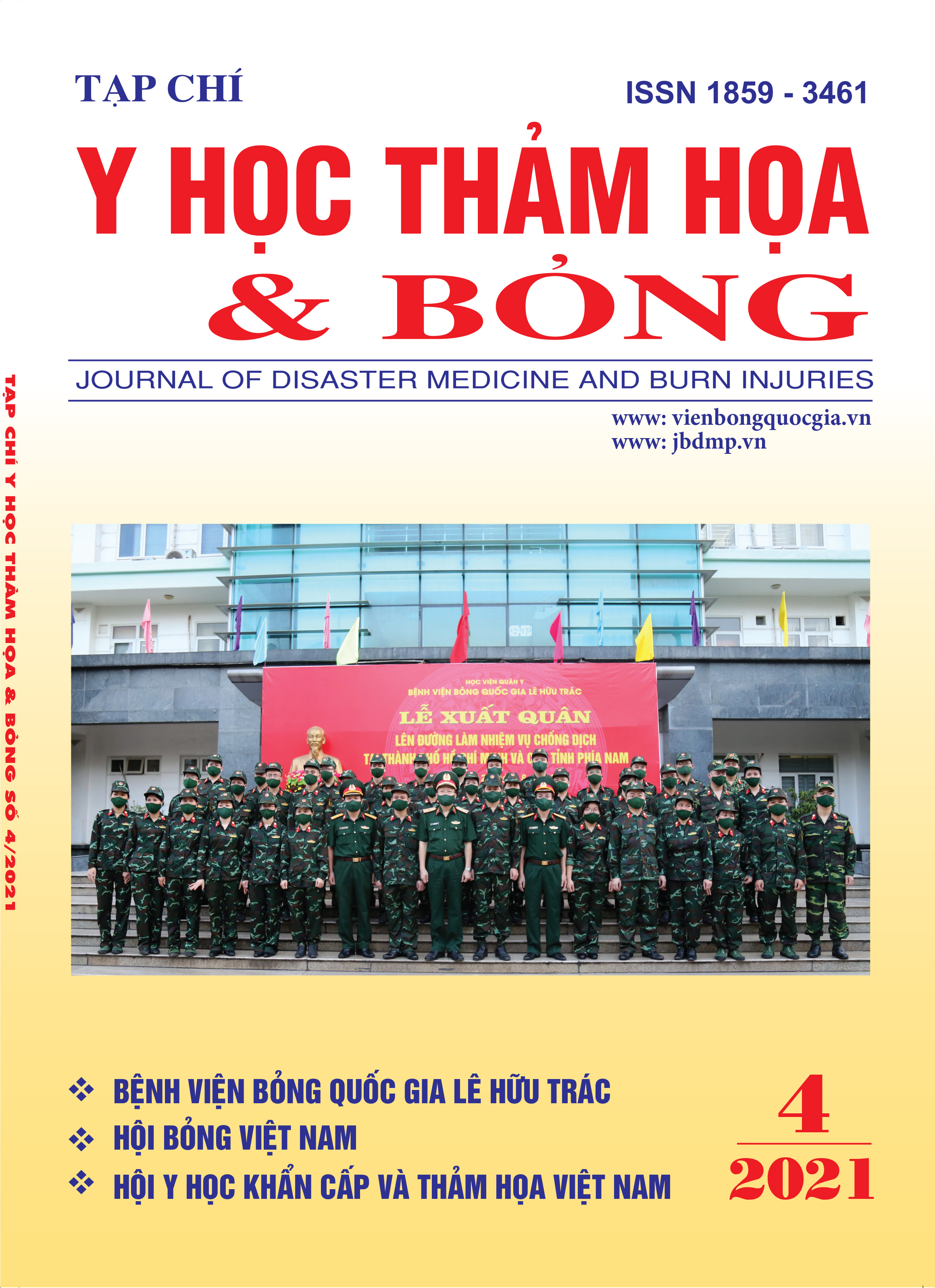Overview of emergency medical team in fire disaster and mass burn injuries (Part I).
Main Article Content
Abstract
Due to complicated characteristics of patient category, burn severity, especially inhalation injury, medical response for fire and explosive disaster and mass burn injuries requires the rapid presence of experienced medical staff, especially burn specialists, to ensure proper triage, emergency treatment and transferring victims to appropriate health facilities.
In 2020, the World Health Organization established a technical expert group on burns to develop guidelines for burn emergency teams responding to mass-burn injuries. Accordingly, there are two types of burn emergency teams, including the burn rapid response team, abbreviated as BRRT and the burn specialist team, abbreviated as BST.
The content of this overview introduces the functions, duties and staffing of burn emergency teams as well as the role of training and cooperation mechanisms of these teams while performing their duties.
Article Details
References
2. European Commission. Preparing for mass burn casualty incidents. 2020
3. Kearns RD, Marcozzi DE, Barry N, et al. Disaster Preparedness and Response for the Burn Mass Casualty Incident in the Twenty-first Century. Clin Plast Surg. 2017; 44(3): 441-449.
4. Norton I, von Schreeb J, Aitken P, et al. Classification and Minimum Standards for Foreign Medical Teams in Sudden Onset Disasters. 2013.
5. World Health Organization (WHO). Classification and Minimum Standards for Foreign Medical Teams in Sudden Onset Disasters. Geneva: WHO, 2013.
6. Amat Camacho N, Hughes A, Burkle FM, et al. Education and training of emergency medical teams: Recommendations for a global operational learning framework. PLoS Curr. 2016; 8.
7. World Health Organization (WHO). Understanding the Global EMT Classification Process. https://extranet.who.int/emt/page/understanding-global-emt-classification-process.
8. Jafar AJ, Norton I, Lecky F, Redmond AD. A literature review of medical record keeping by foreign medical teams in sudden-onset disasters. Prehosp Disaster Med. 2015; 30(2): 216-222.


